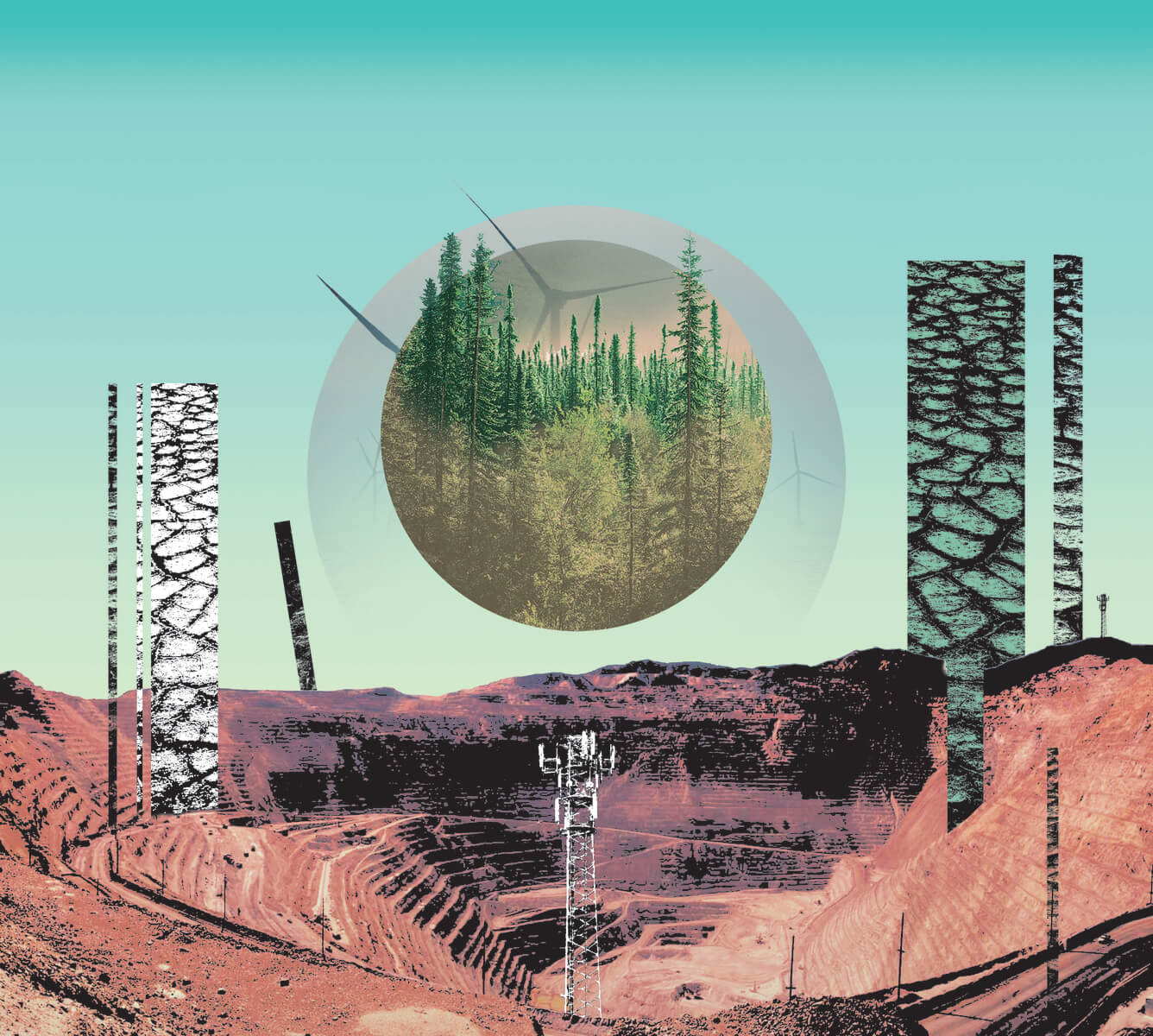When someone plants a tree, they are not planting it for themselves — they are planting a gift for the future. For many people, trees are a nice feature in the background, but how often do you consider the impact of trees on your life? Now, I don’t mean in a metaphysical wishy-washy hippie-dippy way. The trees in your neighbourhood will directly affect your health, commute, quality of life, energy bills and more. In a world facing climate change, trees are essential.
Over 100 years ago, the city of Winnipeg began planting American elm trees on boulevards because they are hardy, native and their arching structure creates a lovely cathedral-like canopy over the street. With over a quarter of a million elms planted in the city, Winnipeg became North America’s largest urban elm forest. In 1975, Dutch elm disease was recognized in Winnipeg, and the city has struggled to keep up with the spread. Dutch elm disease is a fungus spread from tree to tree through bark beetles, whose larvae tunnel under the bark of elms and carry the fungus with them.
The main issue with planting a single type of species in an area, also known as planting monocultures, is that they are incredibly vulnerable to disease. Nearly all landscaping plants are clones of one another, cultivated for specific desirable features. It’s easier — and more profitable — to sell a plant if you can guarantee it will look exactly like it does in the catalogue picture. Urban landscaping has very little genetic diversity, so pests and diseases can be devastating. Winnipeg, among many cities, has encountered this problem several times with many different trees.
Most notably, ash trees were considered good boulevard tree candidates, resulting in the city creating a new monoculture in our neighbourhoods. Unfortunately, the emerald ash borer beetle has begun wreaking havoc on ash trees, and they are also threatening to disappear from our streets. In 2020, ash and elm trees composed 58 per cent of Winnipeg’s urban trees.
With our two largest tree populations sitting on the chopping block and the city overwhelmed with managing their removal, Winnipeg faces a frightening possibility.
Unfortunately, the solution is more complicated than randomly planting more trees. Out of Manitoba’s 24 native tree species, few are adaptable to boulevards with heavy traffic, salt spray and generally poor soil conditions. Additionally, trees must be available in nurseries to be planted in the city, and shortages are an issue. The reality is that city resources are limited, and change is slow.
Sticking to native species in urban areas is not as essential as in natural areas. Urban forests do not behave the same way natural forests do. Due to a lack of genetic diversity and ecosystem support, urban trees are more vulnerable to pests and disease. The best defence we can offer our trees is diverse planting and spreading new species. With a changing climate and warmer temperatures in the future, we can plan for new trees that were not previously capable of surviving in Winnipeg’s climate. For instance, you may have spotted young Ohio buckeye trees sprouting where old elms have been cut down.
In my study of landscape architecture, it has been drilled into my very soul to pay attention and care about trees. The amount of carbon stored in a mature tree is exponentially higher than in a young tree. This is why it’s essential to plant now, so there will be trees later.
I would challenge you to download a plant identification app and look up the trees you see the next time you take a walk. Each tree you see is a gift for you because it absorbs carbon from the air, soaks up water that would otherwise flood, cools your surroundings, increases your property value and is also just lovely to look at.
If you’ve ever considered adding a tree to your yard, I encourage you to do so. Look up what trees suit your area, consider how much sun there is and where the water will flow. Perhaps you won’t be able to appreciate it right now, but as I stated before, planting a tree is a gift for the future.
Some of Winnipeg’s oldest trees live in Rivergrove, where a group of cottonwoods have grown for over 160 years. If all goes well, the tree you plant will live for decades, perhaps centuries, as part of your legacy to the people who come after you.





